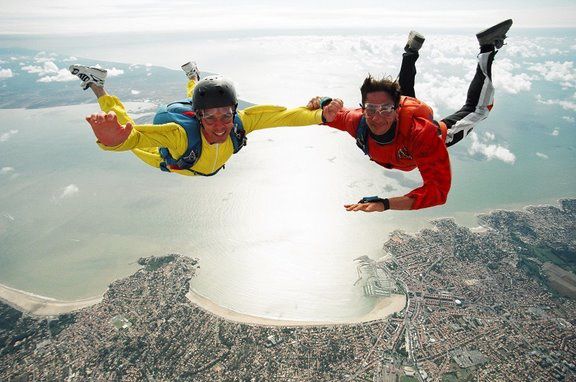L'Agence spatiale européenne (ESA) va désormais pouvoir tenter «d'atterrir» sur la comète Churyumov-Gerasimenko, ce qui n'a jamais été réalisé...
Rosetta, téléphone maison. Après deux ans d'hibernation, la sonde spatiale européenne s'est bien réveillée, lundi soir. Anxieux, les scientifiques de l'ESA se sont rongés les ongles toute la soirée. Ils ont fini par recevoir un signal vers 19h18. «On l'a fait. C'est un gros succès. Ce fut l'heure la plus longue de ma vie!», s'est félicité le directeur des opérateurs, Andrea Accomazzo, entre deux «high 5» avec ses collègues.
L'opération, automatique, était risquée. Située à environ 800 millions de kilomètres de la Terre –un peu plus loin que Jupiter– Rosetta disposait d'une alarme programmée chargée de réveiller ses instruments. Mais dans le froid cosmique, rien n'est jamais vraiment sûr.
Rendez-vous avec une comète
Désormais, le plus difficile commence. Rosetta doit s'approcher de la comète Churyumov-Gerasimenko et cartographier son noyau pour identifier un site d'atterrissage. Ensuite, la sonde doit larguer, en novembre si tout va bien, un petit atterrisseur de 100 kilos, Philae.
Aucun objet humain ne s'est jamais posé sur une comète. Si Philae y parvient, il pourra effectuer des prélèvements, comme Curiosity sur Mars. L'avantage, c'est que les comètes sont des corps congelés des premiers jours du système solaire. Leur analyse devrait donc permettre d'en apprendre davantage sur un processus commencé il y a 4,6 milliards d'années.












